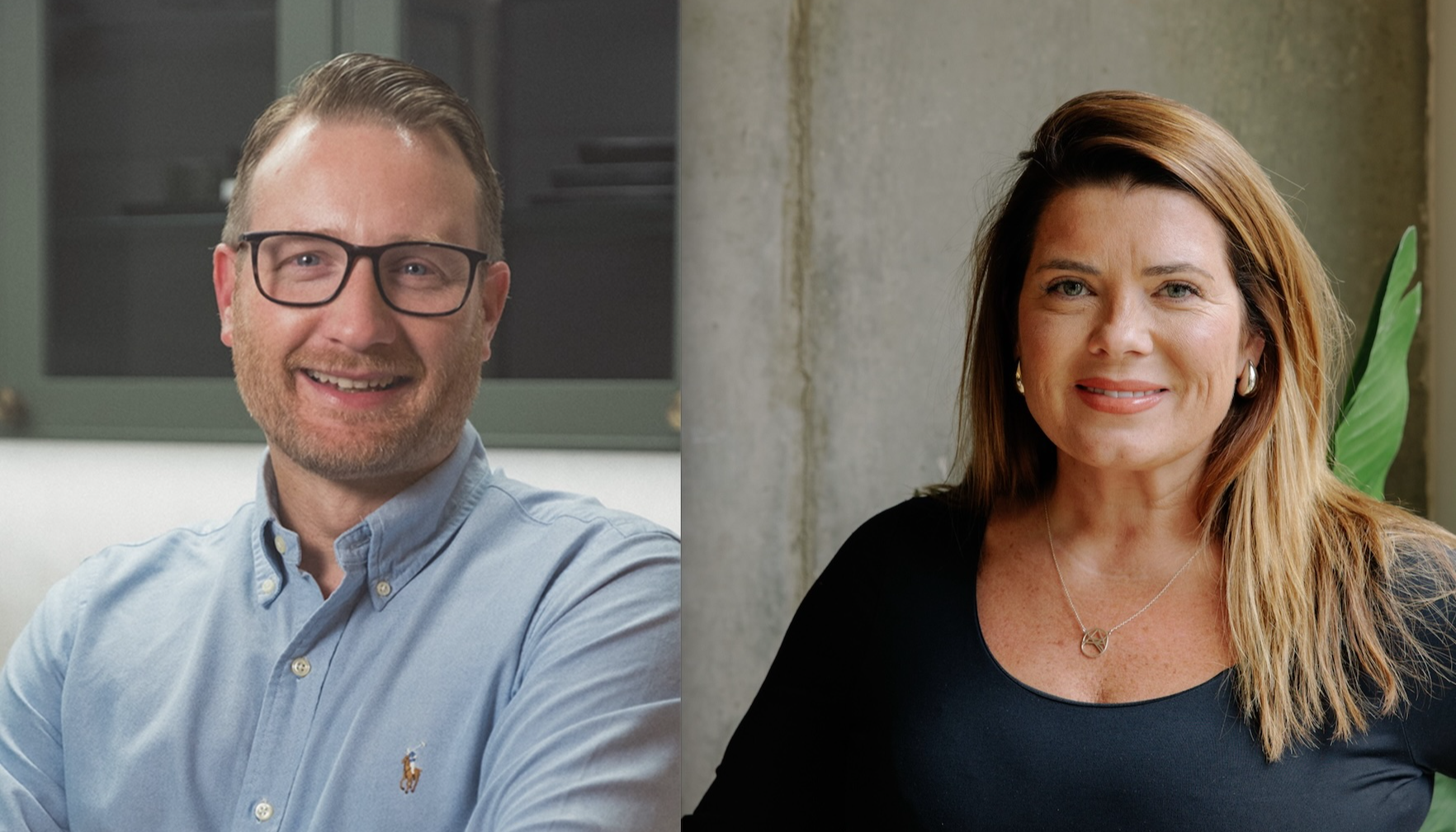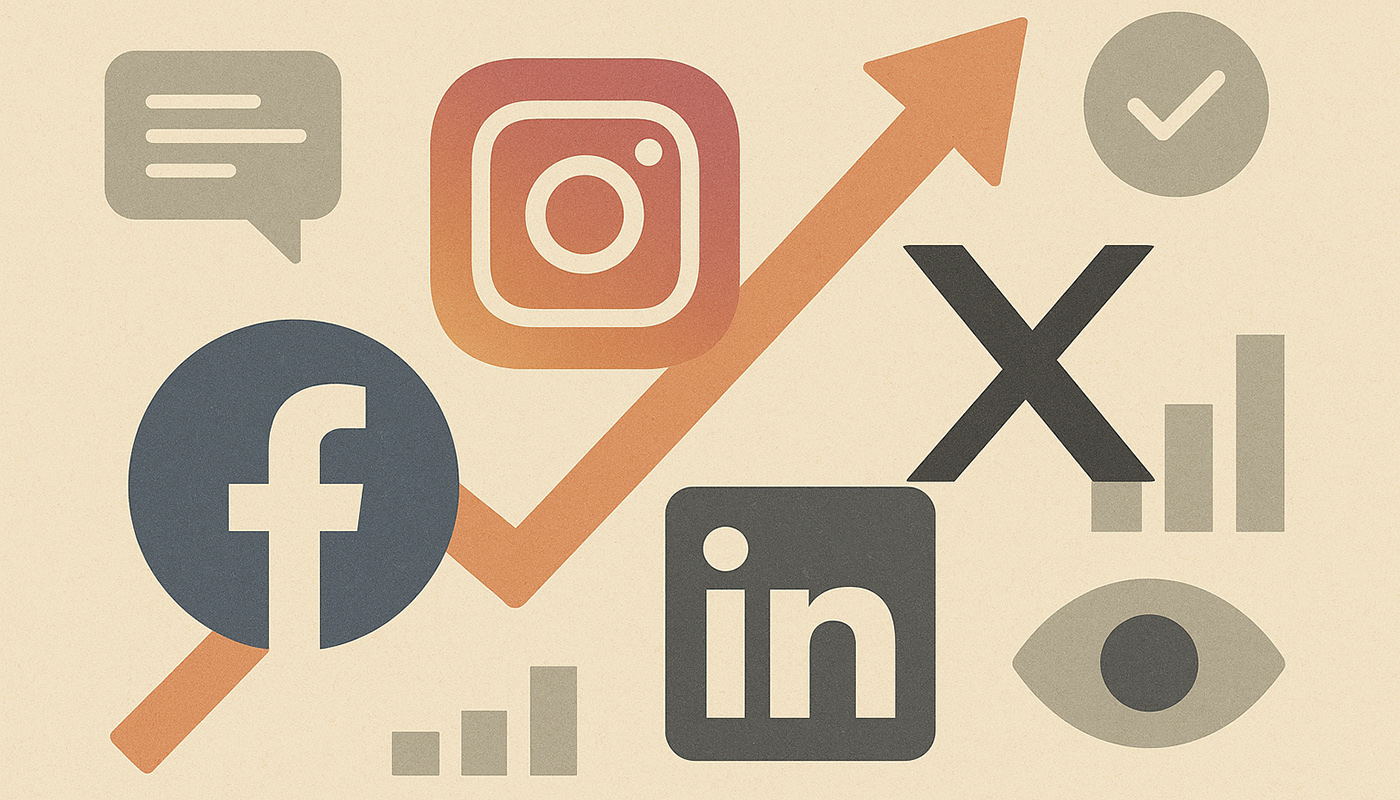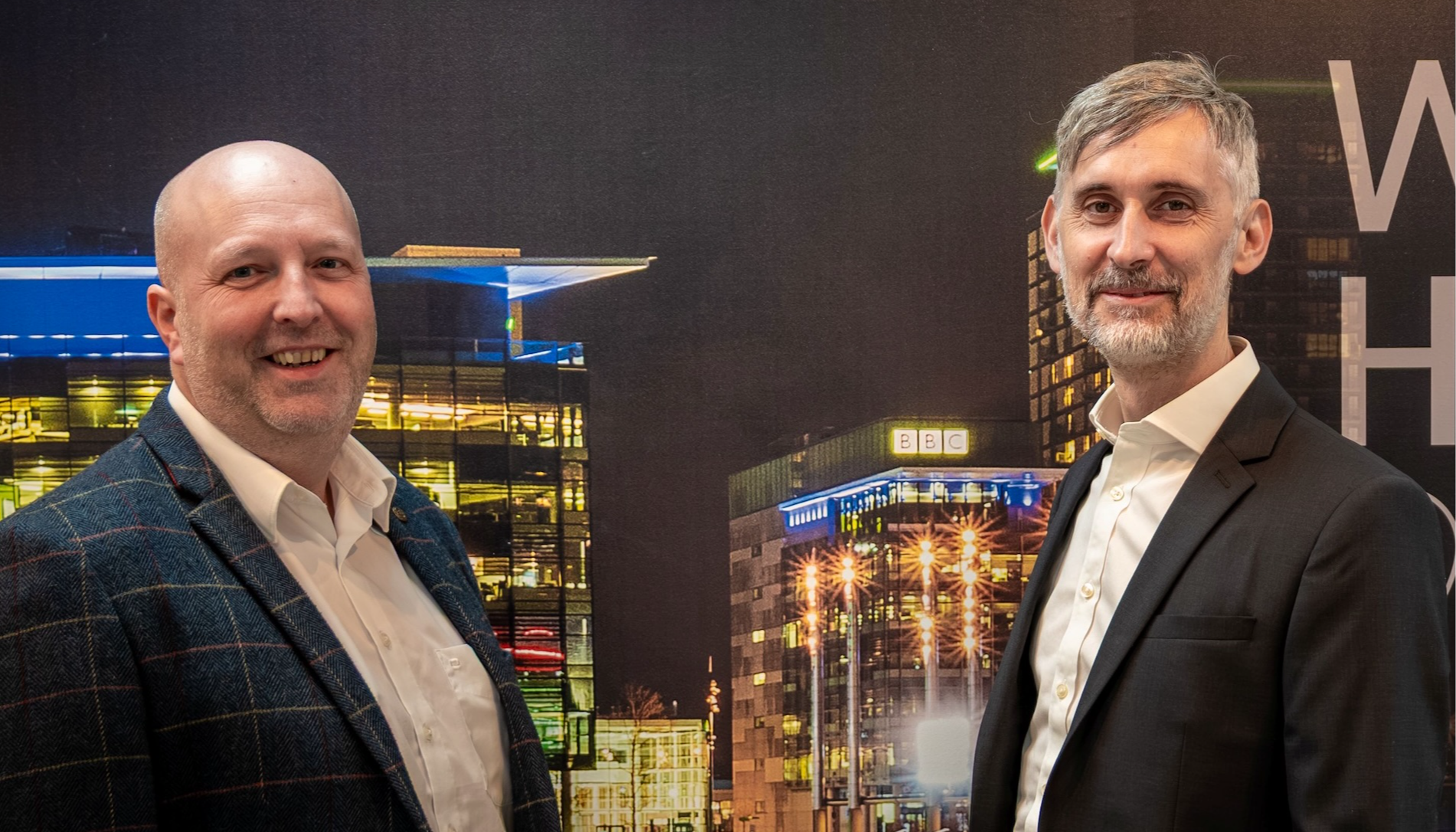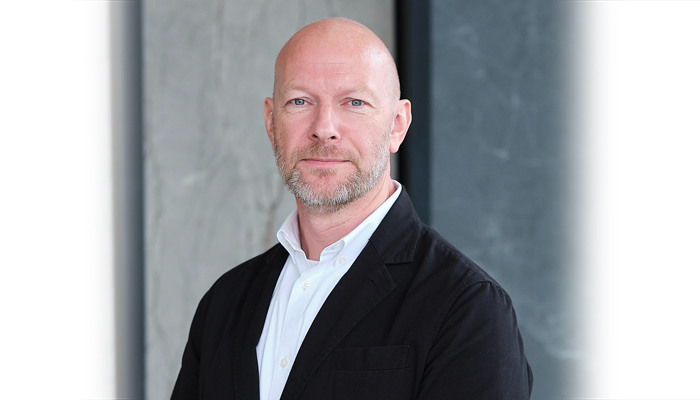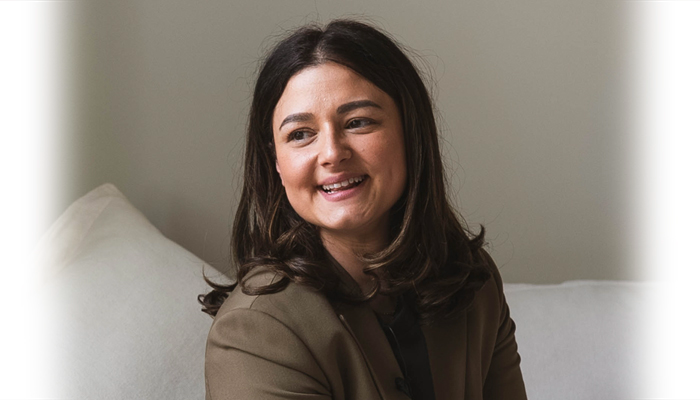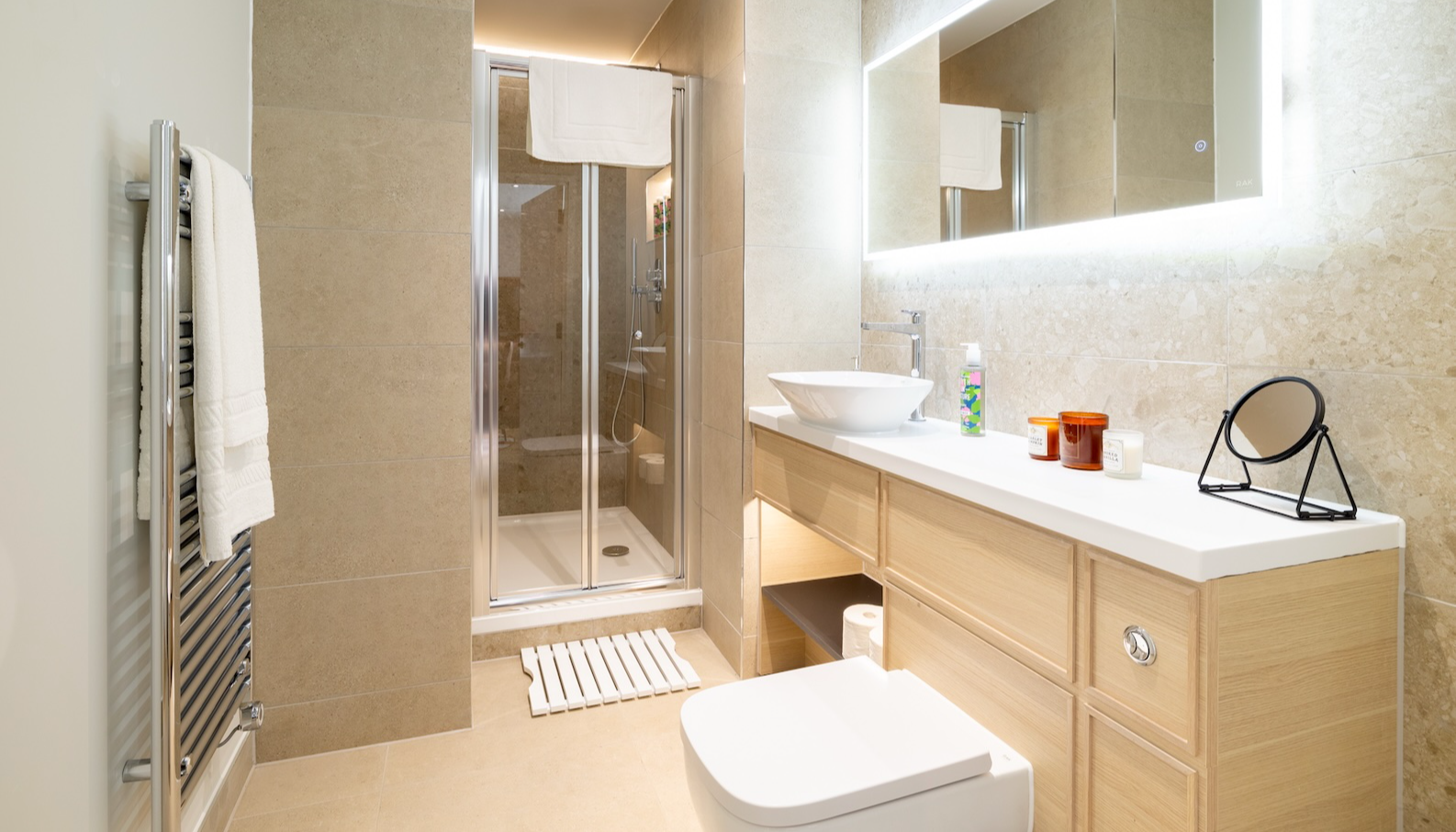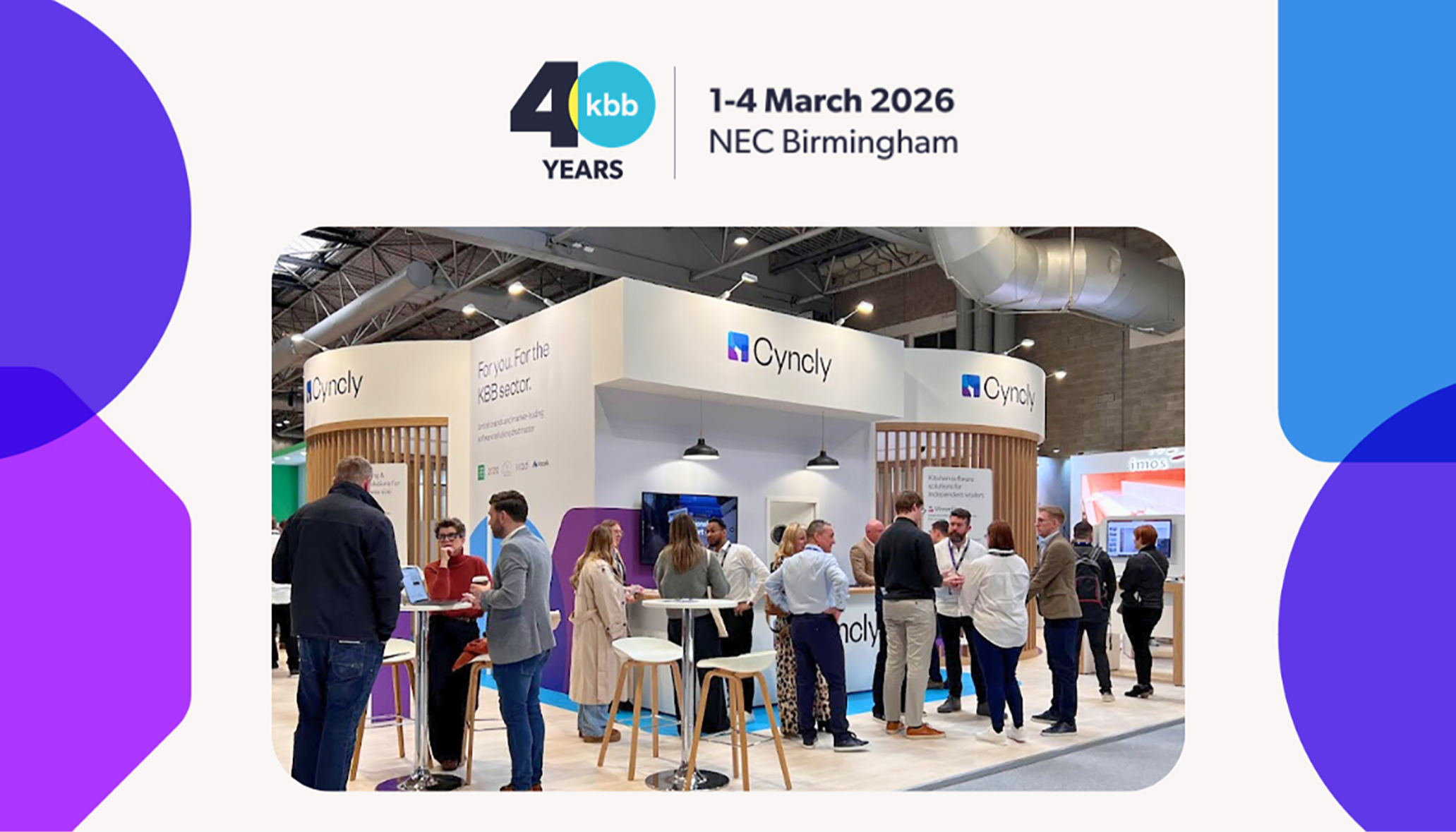Digital marketing – Has X-Twitter become too toxic for business?
Wed 21st Aug 2024 by Katrina Bell
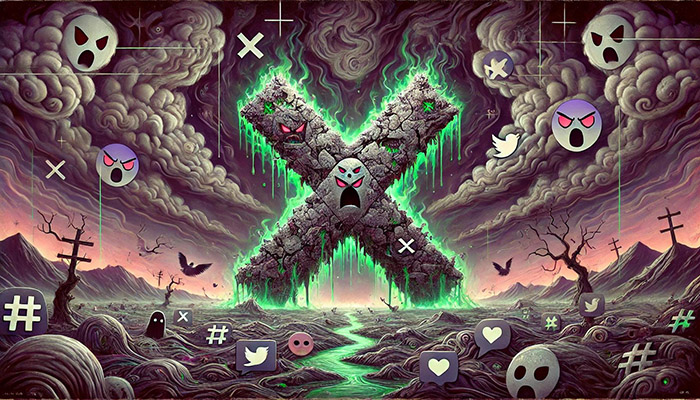
Digital marketing – Has X-Twitter become too toxic for business?
As Elon Musk continues his one-man mission to create the most antisocial social media platform, organisations such as the BMA and Lyrical Communications are concluding X is no longer a safe space – so is it too toxic for business? Katrina Bell investigates.
There can hardly be another community more problematically associated with one person, can there? Now that Mark Zuckerberg has finally appointed a PR team that can make him seem mildly human, Elon Musk stands alone as the most controversial tech bro and is showing no sign of slowing down on his divisive rhetoric.
He and his CEO Linda Yaccarino appear to have zero concerns about being a pipeline for misinformation, and have actually taken steps to dilute internal positive curation. Back in 2020 X-Twitter employed over 4,000 people in ‘trust and safety’, whose sole job was to keep dangerous content and people away. Four years on, it’s widely accepted that that team has been substantially downgraded.
Neither seems to grasp how unpleasant interactions have become on X-Twitter, made manifestly worse by an algorithm that by its own design showcases extreme accounts in the 'For You' panel rather than allowing non-subscribed visitors to see their preferred accounts under 'Following'. That force-feeding is baked into the tabular design and it isn’t an accident.
When he’s not getting into a one-sided slanging match with Prime Minister Keir Starmer while simultaneously courting Donald Trump, he’s suing his own advertisers, or more accurately, his former advertisers who are boycotting the platform. Among those named in the Texas filing are mega corporations Unilever, Mars, and trade association the World Federation of Advertisers. Both have publicly stated that they do not believe X-Twitter is committed to removing harmful content.
This worry over unsanitary conditions on X-Twitter and the possibility of further reputational splatter was also the rationale behind the sage decision by the Bathroom Manufacturers Association to close its X-Twitter account to prioritise “other, safer, and more meaningful communication channels”. Similarly the organisers of InstallerSHOW, Lyrical Communications, have bowed out while acknowledging the usefulness of the platform in the past.
Undoubtedly this trend by brands will continue even if the much-touted user exodus is not quite what it seems. Worldwide user numbers are flat or slightly down, however what is falling is the number of monetisable daily active users. Which are the ones of most use to advertisers and brands. People just aren’t on the app as much and they really don’t want to have to pay for it.
Where will users and companies gravitate to for their text-based social comms? I can confidently predict that it won’t be BlueSky, which has so far failed to gain any significant traction and is so utterly tedious that even its founder Jack Dorsey can’t be bothered to stay onboard.
The app most likely to benefit will be Threads, not because owner Meta has a strong hold on community standards, but rather because of its symbiotic relationship with Instagram. With over 200million monthly active users, the steep decline in downloads post-launch is gradually being reversed. For brands the automatic boost to Threads views if you are already on Instagram is another tick in the positives column. How long Meta sustains Threads as a separate entity from Instagram remains to be seen. It’s wild out there in Social Land...
Tags: insight, features, x, twitter, digital marketing, kitchens, bathrooms







